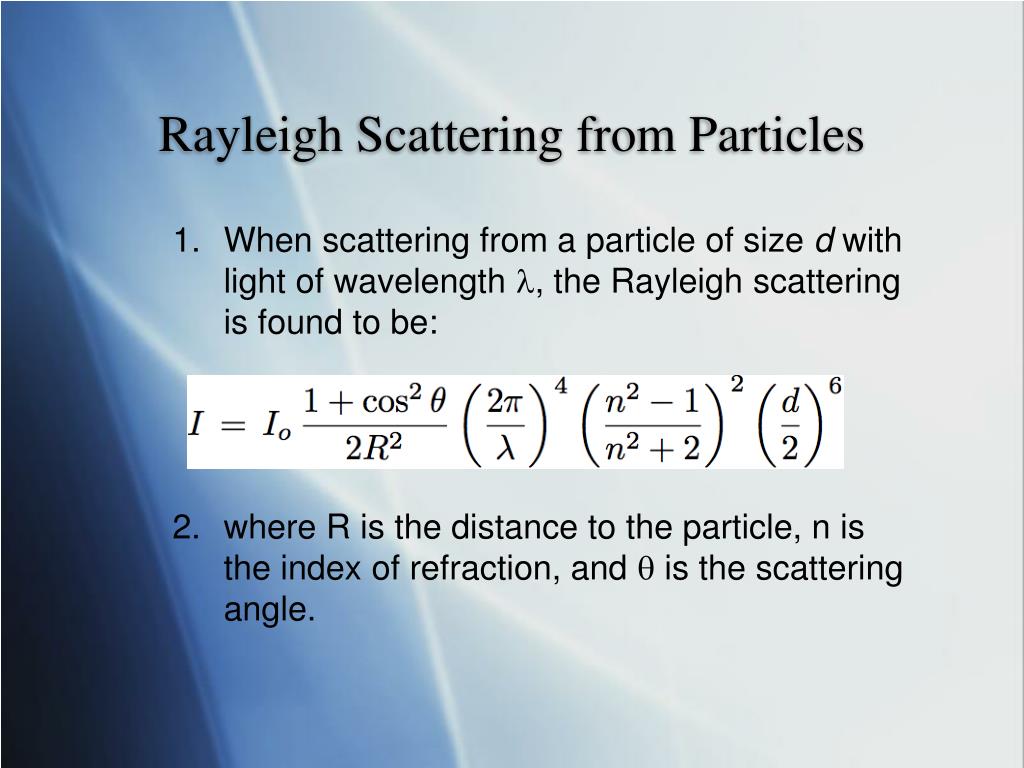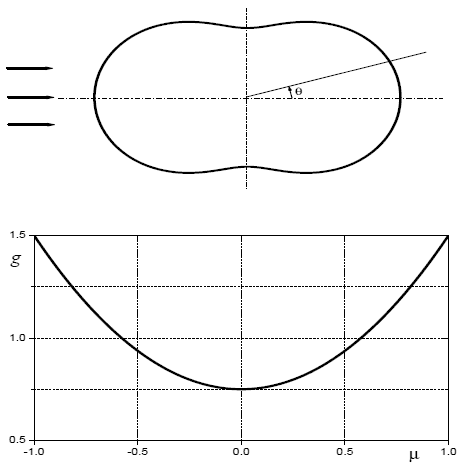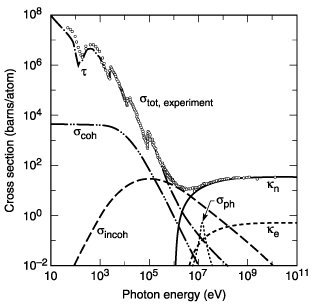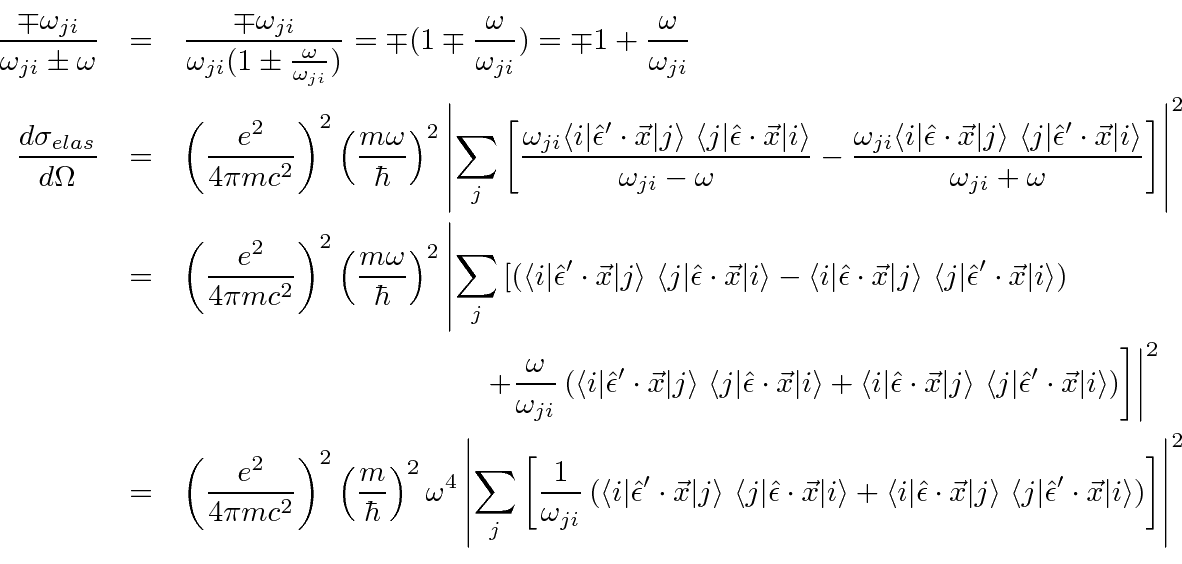Rayleigh Scattering Cross Section

The radiation energy absorbed by rayleigh particles is characterized by the above introduced absorption cross section a πa 2 qa.
Rayleigh scattering cross section. The air molecules of the atmosphere preferentially scatter the shorter wavelength blue components. A quantum chemistry approach has been employed to obtain realistic rayleigh scattering cross sections. Here we will consider four different types of cross sections which are commonly used in con nection with radar.
This is the basis of rayleigh s famous explanation of the blue sky. Is known as the rayleigh scattering cross section and is appropriate to the scattering of visible radiation by gas molecules. Rayleigh scattering pronounced ˈreɪli ray lee named after the british physicist lord rayleigh john william strutt is the dominantly elastic scattering of light or other electromagnetic radiation by particles much smaller than the wavelength of the radiation.
Fuel molecules are much larger than airmolecules are much larger than air molecules σ propane σaiir 1515 σ isosctane σ air 90 σ diesel σ air 305 spectrally resolved molecular rayleigh scattering from spurious scattering lightscattering from spurious scattering light. In general the scattering cross section will depend the angles and. For absorbing materials κ 0 the value of a is proportional to volumes of the particle v and inversely proportional to the wavelength.
That is the scatter is not truly isotropic. In essence rayleigh scattering is a scattering by the atom as a whole. This is done by introducing the atomic form factor f q z to the thomson cross section.
A database of rayleigh cross sections for relevant species was created and validated against available experimental data. A detailed rayleigh scattering model has been implemented and used to post process detonation wave numerical simulation results to allow for a direct comparison with previous experimental visualizations of detonations in hydrogen based mixtures. For example the major constituent of the atmosphere nitrogen has a rayleigh cross section of 5 1 10 31 m 2 at a wavelength of 532 nm green light.
Therefore the charge distribution of all electrons in an atom must be simultaneously considered. Rayleigh scattering cross section solve. Rayleigh scattering cross section.














